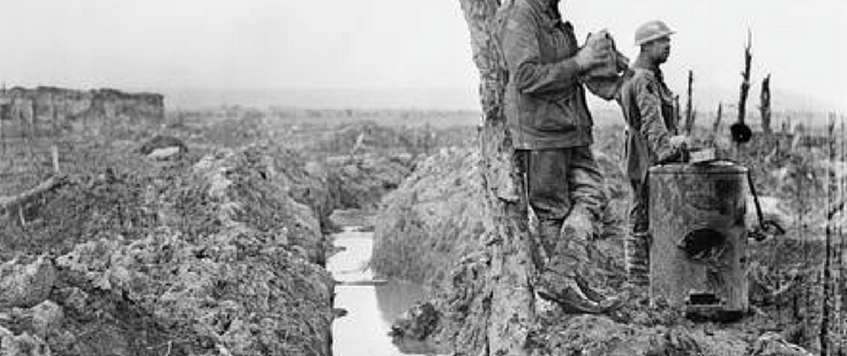
‘The year 1917 had been one of disaster for our arms in all save the Messines attack’ wrote the Australian ex-serviceman G.D. Mitchell in Backs to the Wall.
Few of his comrades would have disagreed. The Australian Imperial Force (AIF) lost far more men in the battles for Bullecourt (France), Messines and Passchendaele than at their 1915 baptism of fire in the Dardanelles or their infamous 1916 engagements at Fromelles and Pozières. Consequently, 1917 and the third battle of Ypres especially – the bloodiest of the AIF’s 1914–18 campaigns – sat uneasily within the dominant interwar narrative of the Great War in Australia, the Anzac legend, which drew unabashedly on the language of high diction, emphasising the elements of honour, bravery, sacrifice and salvation. Analysing the writings of returned men published during the interwar period, this paper will explore the various strategies Australian writers used to reconcile the traditional Anzac legend with notions of futility that permeated their accounts of the third Ypres campaign.





